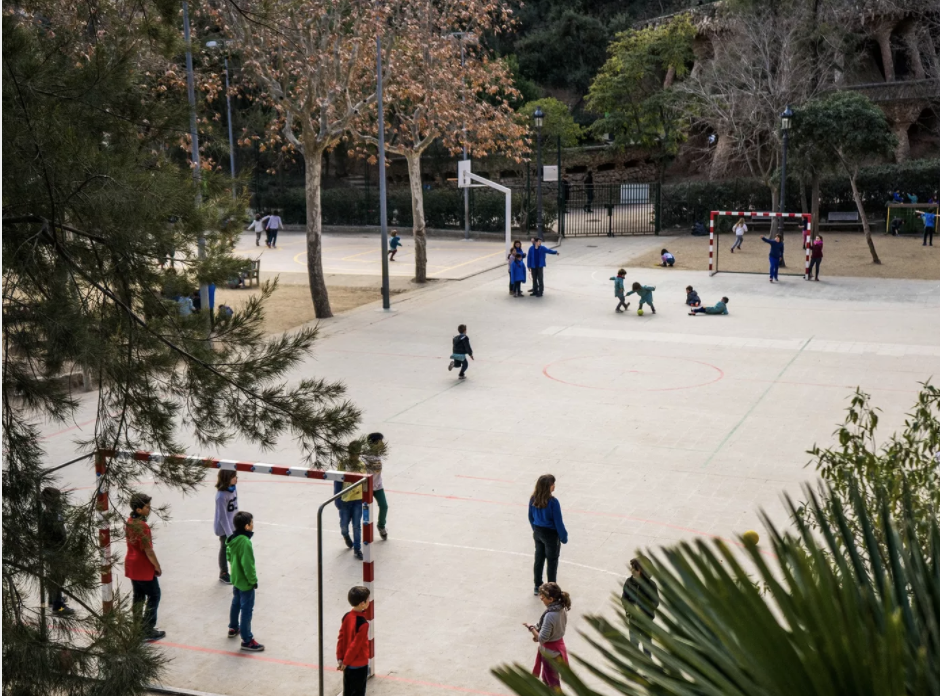In an article written by Jordan Baker in the SMH, August 4 2019, the topic of increasing the frequency of children’s play time at school was discussed. Two Sydney primary schools have followed Finland’s footsteps in increasing the frequency of free outdoor play time in an attempt to increase concentration and engagement, and the results so far have been very positive.
The notion that shorter structured learning times for young children allows for increased concentration, improved classroom behaviour and motivation to learn, seems to be logical and a simple step in educational improvements for Australian Primary schools.
There is much evidence to suggest that play is a very important learning tool for our young children. It encourages social interaction which in turn increasing social skills, helps to build resilience, is great for problem solving, allows children to use their imagination and can promote physical fitness as well.
It would be interesting to see the data on how children (in both primary and secondary schools) who have the opportunity for more frequent breaks interact with their digital learning devices in class. Would their time be spent on more on task activities, or would they be more likely to task switch as they currently do, between on task and off task activities?


Recent Comments